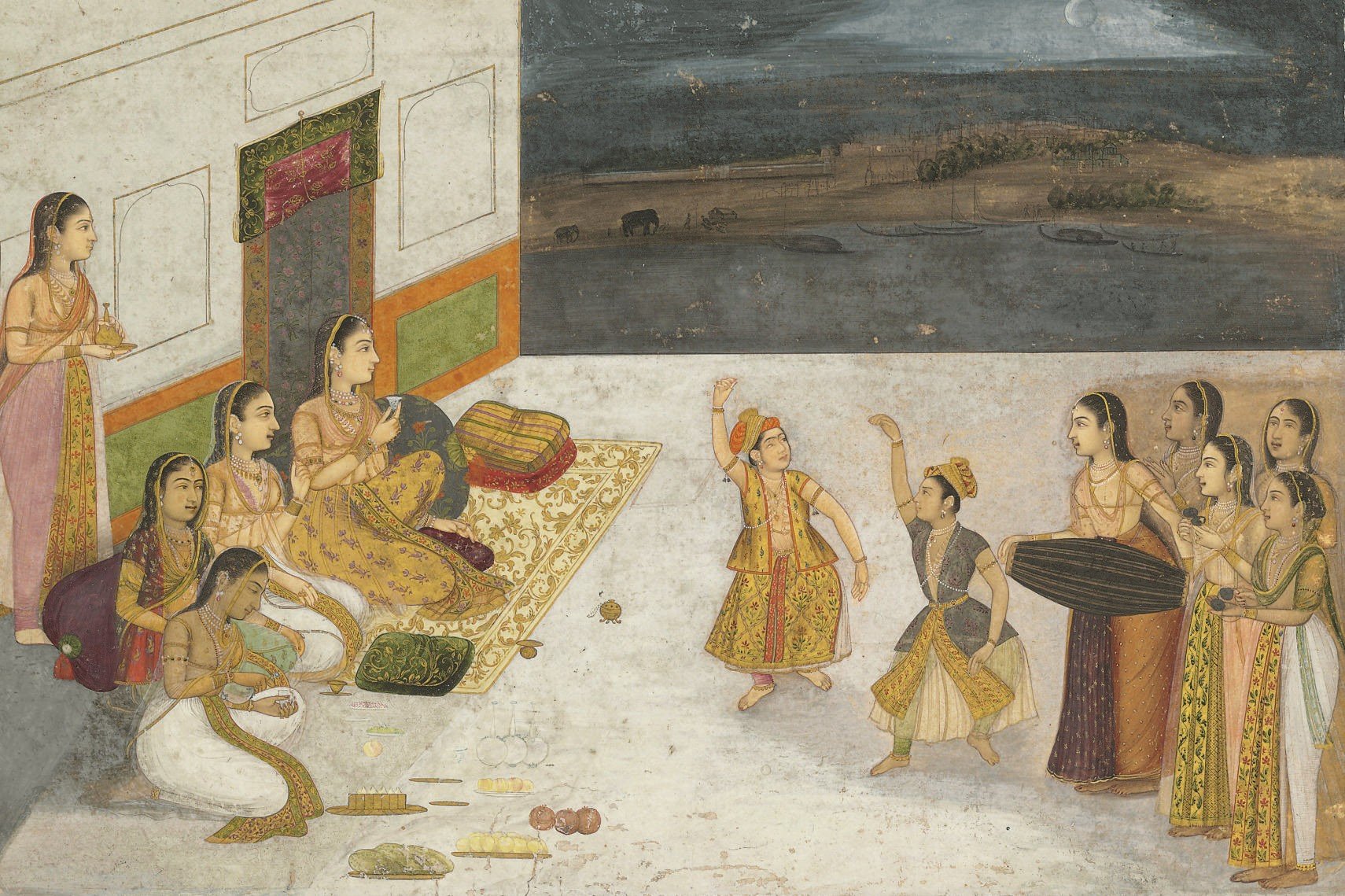What is a Baithak
The word Baithak comes from बैठना Baithna which in Hindi, means ‘to sit’. It is a traditional performance practice in the Hindustani classical music.
Indicative of the term’s etymological reference the performance is conducted in a set-up where both the performer and the audience is seated on the floor in an enclosed space. The spatial understanding of a Baithak performance is much different from the Westernized chair.The practice of appreciation or deep listening is intrinsic to the performing culture of Hindustani classical music traditions which the Baithak set-up aptly encapsulates. Performing in an enclosed presence of learned listeners equips the performer to understand the expository nuances relating to audience reception. Along with laying out the improvisatory skills of music, he or she should also be able to engage with the receptors by meeting their expectations while also presenting them with moments of surprises. The better they are at their musical dialogue, the better performers they become. . [Source] Music unites
Public gatherings for music have always been a practice in South Asia going back at least 2000 years. Bhajans, qawwalis, vachanas, sufi & bhakti music, kirtans, raaslilas, court musicians, nautankis, paats, and performances. There are several deeply traditional, religious, and socio-cultural nuances to the different forms of music. However, at the heart of it is usually a devotional or an informal social gathering that calls for some music, and often some dancing too.
